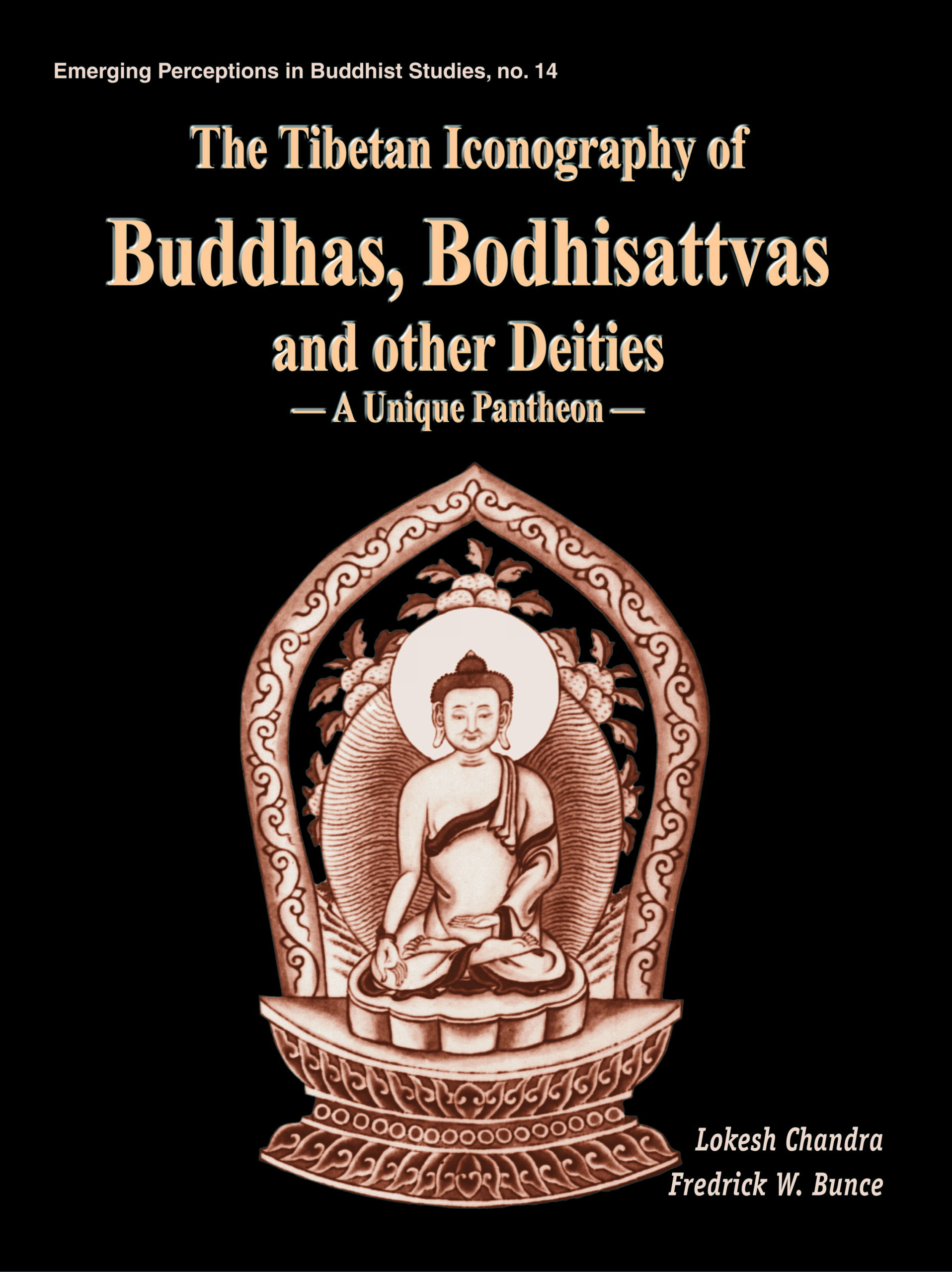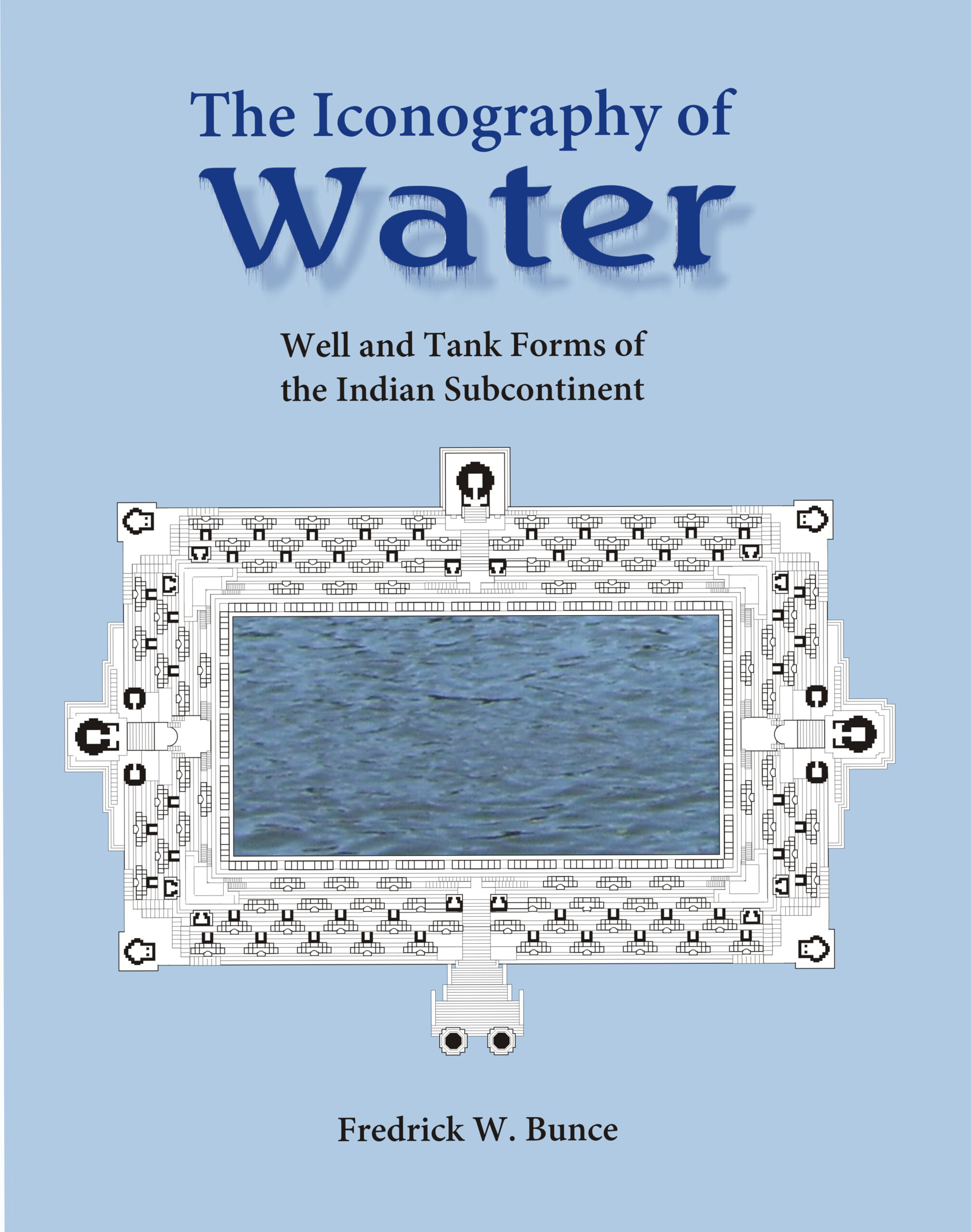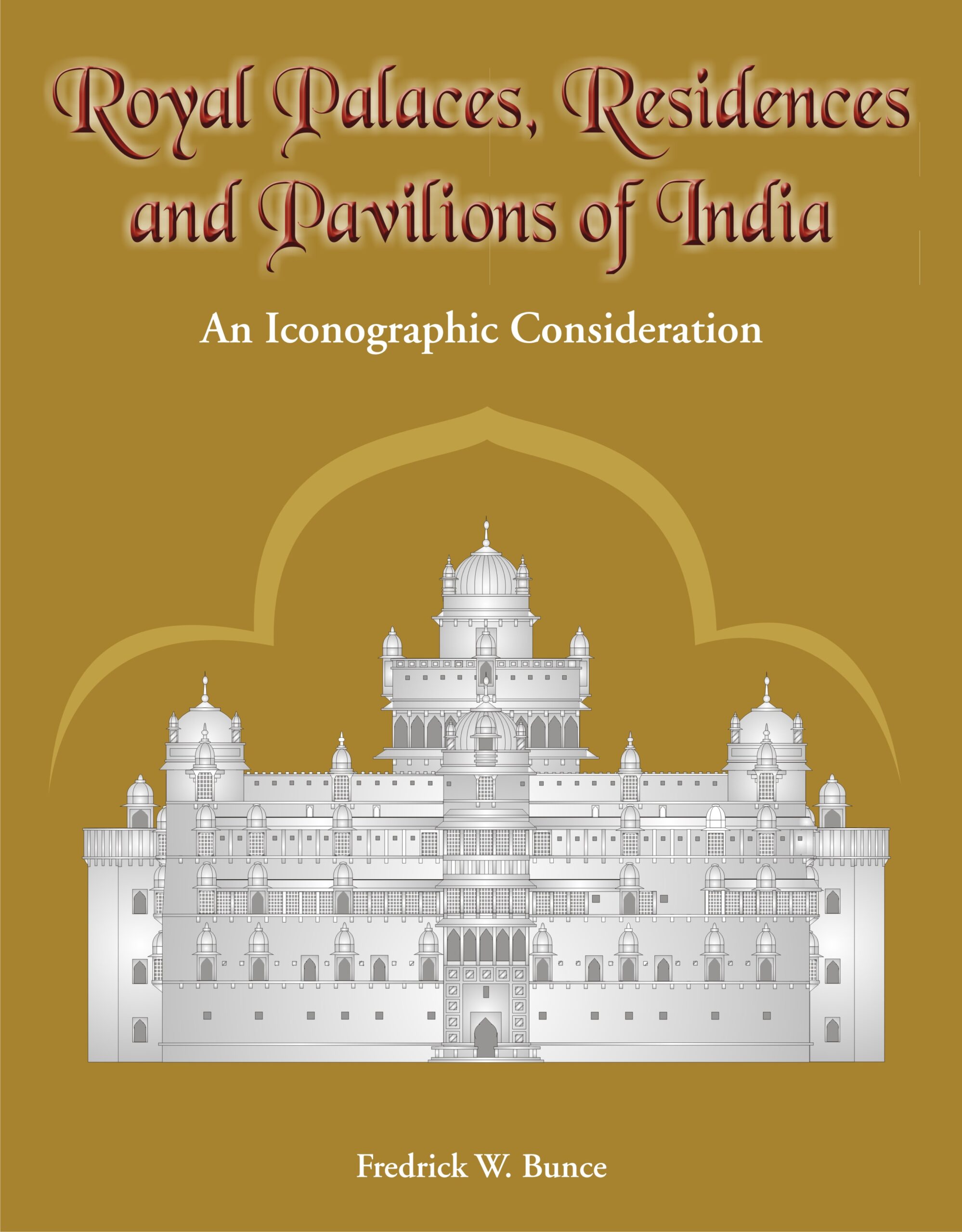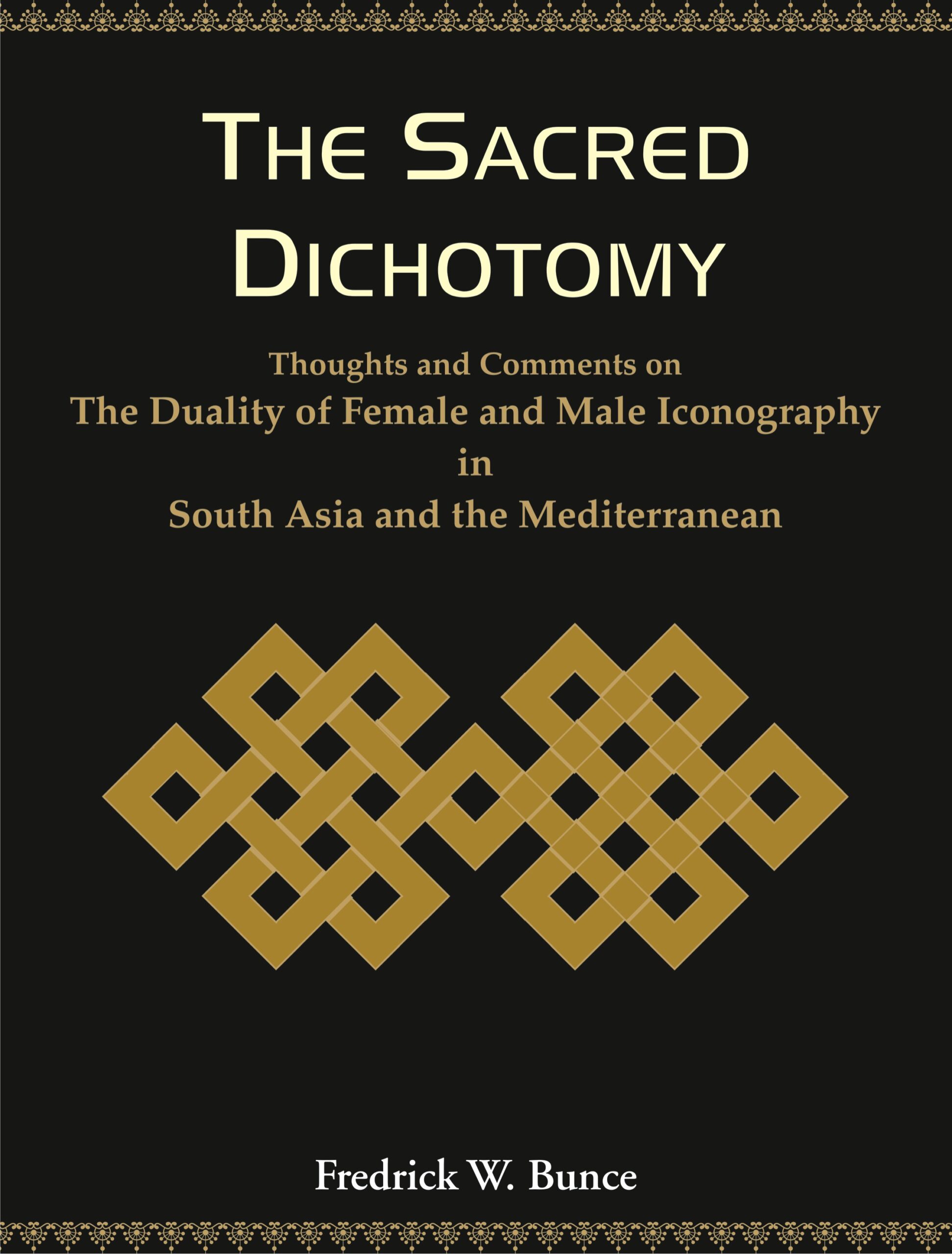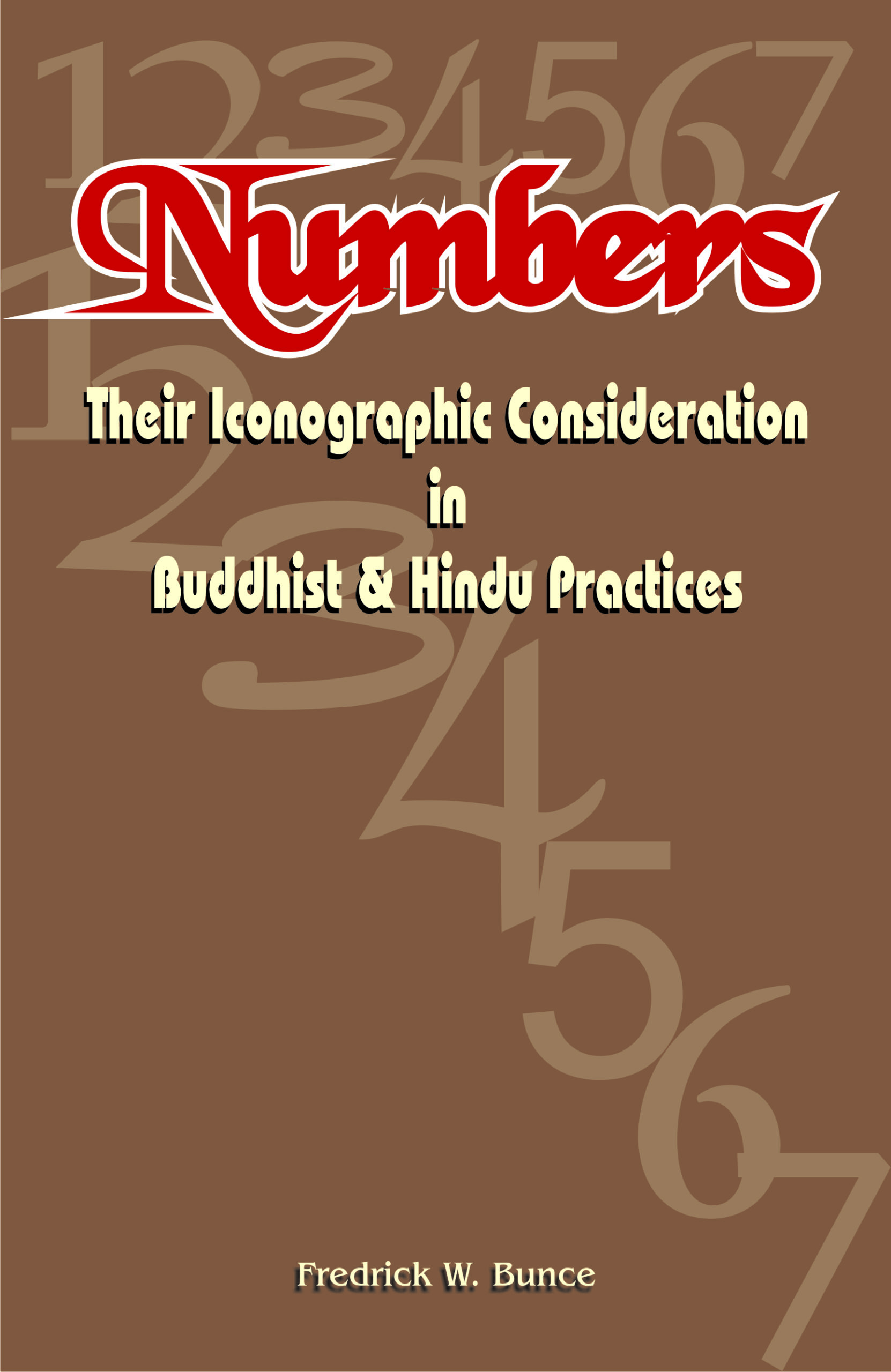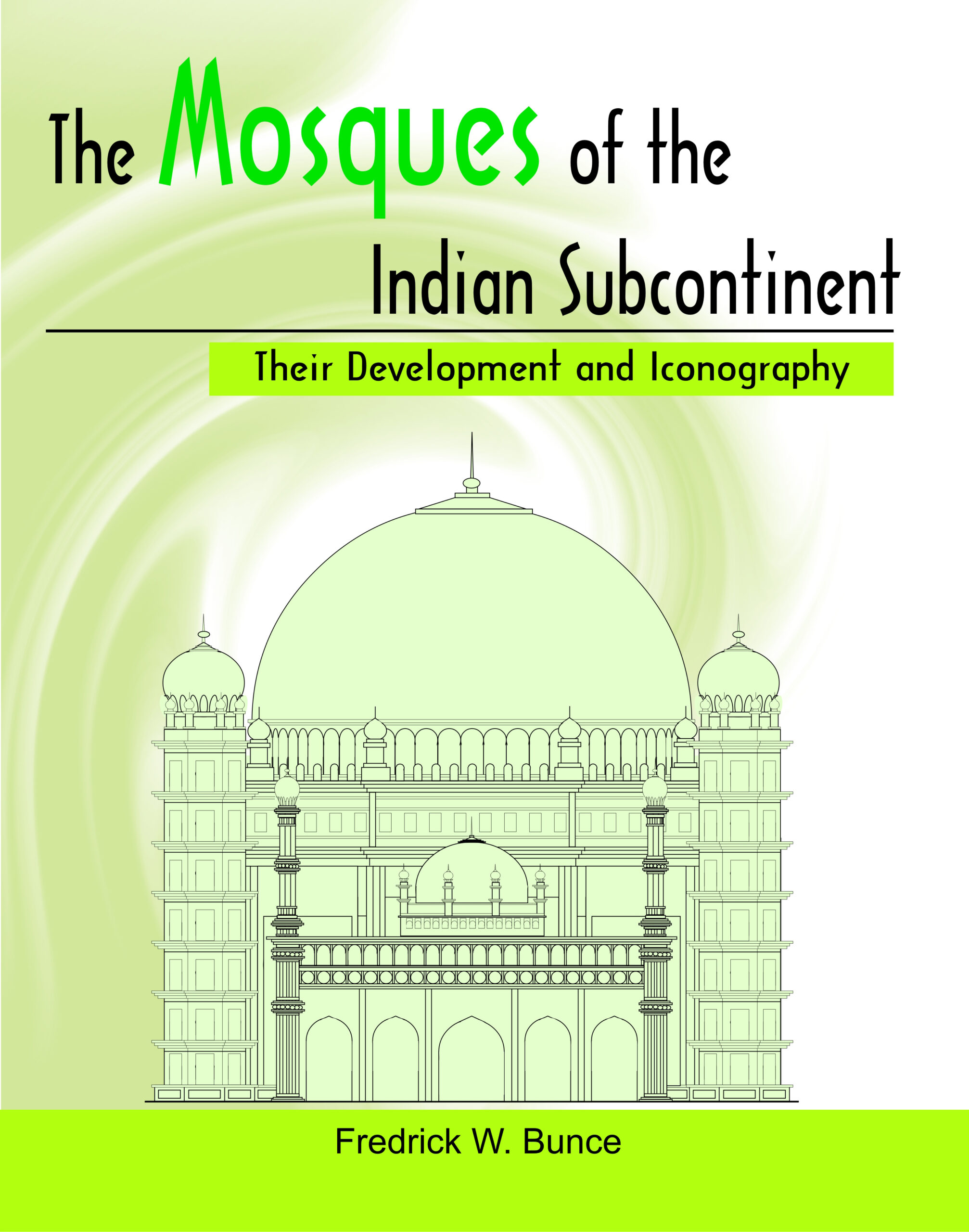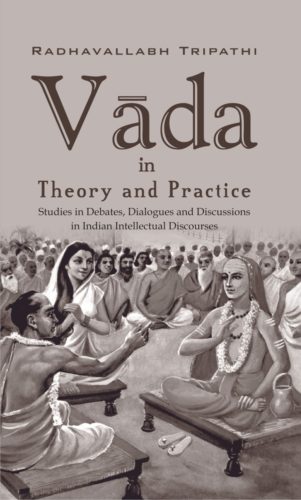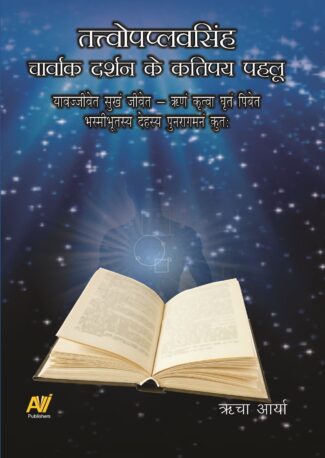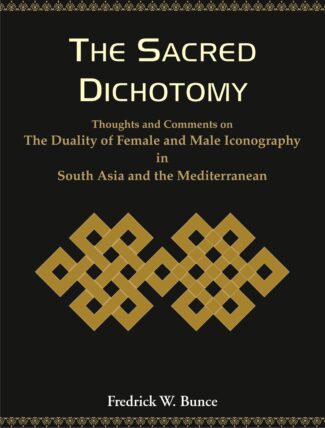

Sacred Dichotomy...
Sacred Dichotomy
Thoughts and Comments on the Duality of Female and Male Iconography in South Asia and the Mediterranean by: Fredrick W. BunceThis work examines the dichotomy of the male and female principles in South Asian and Mediterranean religious and cultural traditions: Hindu (Sanskritic), Buddhist, Greek, Latin and Western mystical traditions. It is a comparative study that explores the roots and nature of the dichotomy of the sexes in these traditions by delving into the sacred in terms of myth, concept, imagery and symbols. The book will be useful to all interested in comparative religion and cultural studies.
Original price was: ₹550.00.₹495.00Current price is: ₹495.00.
ISBN: 9788124603642
Year Of Publication: 2006
Edition: 1st
Pages : xii, 80
Bibliographic Details : Bibliography
Language : English
Binding : Hardcover
Publisher: D.K. Printworld Pvt. Ltd.
Size: 25 cm.
Weight: 575
With numerous illustrations, this work examines the dichotomy of the male and female principles in South Asian and Mediterranean religious and cultural traditions: Hindu (Sanskritic), Buddhist, Greek, Latin and Western mystical traditions. It is a comparative study that explores the roots and nature of the dichotomy of the sexes in these traditions by delving into the sacred in terms of myth, concept, imagery and symbols. With extensive notes, it presents drawings of more than 60 symbols and concepts revolving around the male and the female principles. With sharp insights and reflecting painstaking research, it delves into the rich and complex meanings attached to the moon, sun, dark/light, phallus, rose, svastika, womb and weapons in various religions. The discussion shows the dichotomy of the sacred in all major religions, mostly the male being elevated and the female made subservient. It explains how dichotomies are all embedded within cultural icons and the dualism is often based upon a localised concept of a good and evil, or a right and wrong, polarity. The book will be useful to all interested in comparative religion and cultural studies.
List of Figures
Abbreviations
Preface
Introduction
Adityas/Daityas (Dityas)
Aphrodite/Venus
apple
Asuras/Suras
Attis (he-she)
axis mundi
black
blade
chalice
cross
dampati
dark/light
dichotomies/dualities
Dyaus Pitar/Prithivi
female/male
five
Kama/Eros
left
left/right
lily/iris
liïgam
Magna Mater
Magnus Pater
matrist/patrist
moon
mudras
mystic female
mystic male
mystical union
nude
pearl
phallus
phallus as architectural symbol
red
right
rose
rose, pink
rose, red
rose, white
serpent/snake
shell, cowrie
shell, scallop
spear
sun
svastika
svastika, female
svastika, male
three
two
vase/vessel
weapons
white
womb
womb as architectural symbol
yab
yab-yum
yang
yin
yin-yang
yoni
yuganaddha
yum
Conclusions
Notes
Bibliography
Acknowledgements





